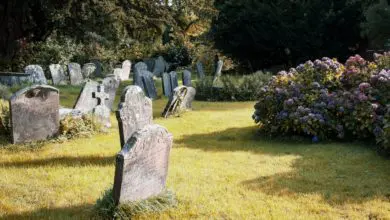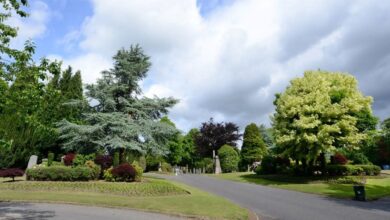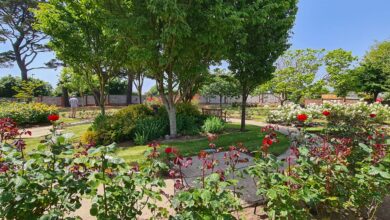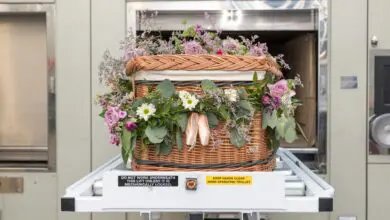Cemeteries Around the World: Tomb of Alexandria
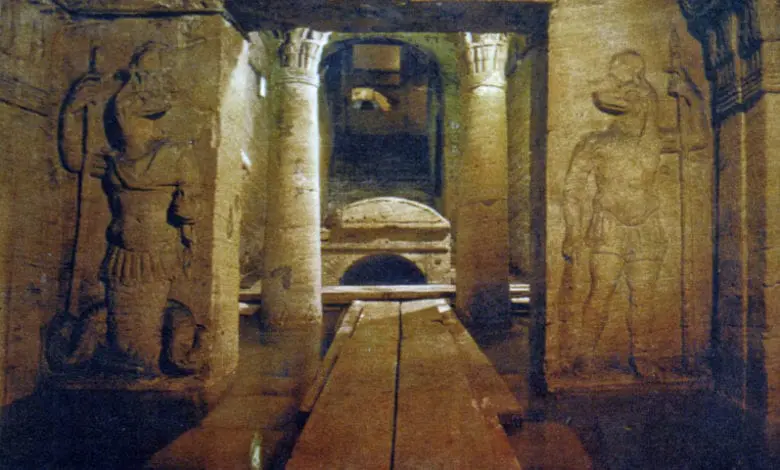
Register to get 1 free article
Reveal the article below by registering for our email newsletter.
Want unlimited access? View Plans
Already have an account? Sign in
Deep in the heart of historic Alexandria, Egypt, a tomb lay hidden for centuries, until, as stories claim, an unsuspecting donkey hauling a cart full of stone misstepped and fell into a hole in the ground. On 28 September 1900, if the story is true, the donkey made one of the biggest archaeological discoveries in history.
A gentleman named Monsieur Es-Sayed Aly Gibarah is noted as contacting the local museum, following the discovery. He asked the curator to visit the site and take what he wanted so quarrying could continue. This message to the museum stated: “While quarrying for stone, I broke open the vault of a subterranean tomb. Come see it, take the antiquities if there are any, and authorise me to get on with my work without delay.” Being tired of constantly being called out to unimportant sites the curator decided he didn’t want to go. He instead sent two assistants to take a look on their way home as they were passing. The assistants told the curator what they had found, making him go to see for himself the following day. The tomb was in fact the largest burial site discovered from the Greco-Roman period. Dating back to the late first century AD, the site was used for nearly 200 years to entomb the dead. Kom El-Shoqafa is believed to have originally been a burial site for one wealthy family but, for unknown reasons, was expanded to admit other people.
Mixed Cultures
What makes the tomb so unique is the interconnection between Egyptian, Roman and Greek settlements. The city of Alexandria was a hive of mixed cultures with the Egyptians dating back thousands of years within the city. At this time, however, it would have been known as Rhakotis,
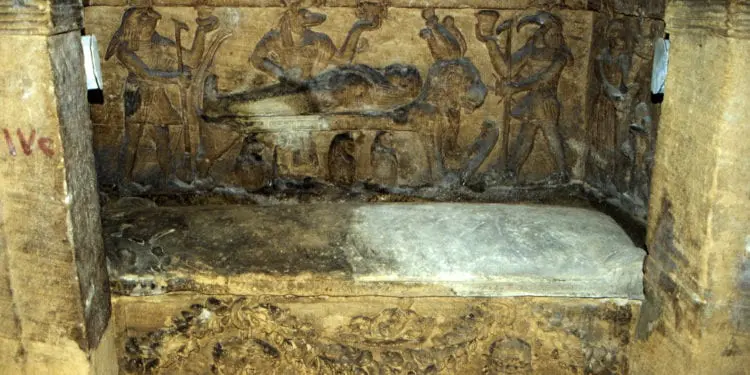
which existed on the shore where Alexandria is today. The Egyptians’ influence is obvious throughout the tomb with carvings similar to those seen in art created by the ancient culture. On each side of the temple’s doorway, two serpents are carved to guard the tomb. The snakes represent Agathodaimon, a good spirit in Greek mythology. However, the serpents are wearing traditional Egyptian crowns and are carrying a Kerkeion, which is a Roman insignia.
In 331 BC Alexander the Great founded ‘Alexandria’. It was the second most powerful city in the ancient world, after Rome. The city of Rhakotis still existed at this point but later joined with Alexandria. A few months after laying the foundations of the city Alexander left Egypt and never returned. The Greek traditions therefore flowed throughout Alexandria. In 31 BC the Romans took control of the city and began to influence the art and culture of the time. This is why there is such a large crossover in artwork and styles within the catacombs at the time.
The Structure
It is believed that the structure was built underneath a chapel-type building that sat on the surface. There is a large opening where bodies were lowered down to the tombs beneath, using ropes in order to move them carefully. The uppermost underground level contains seats carved into the stone so that visitors to the graves could rest whilst walking down the spiral. From here a small passage leads to a circular room, overlooking a shaft that continues down into the lower levels of the building. Further on from this rotunda room is a banquet hall where relatives held ceremonial feasts in order to honour their dead and celebrate annually.
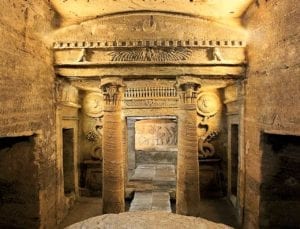
The design of the necropolis is very similar to the Catacombs of Rome with a large number of grooves cut into the side of the rock where coffins were stored. Although now a tourist attraction, visitors are still unable to visit the lower level due to it being submerged in water. Until 1995 the second level was also submerged in underground water, but after decreasing the level of subsoil water visitors were allowed in. The catacombs are part of a huge Necropolis structure beneath the city. However, most of the ‘city of the dead’ would have been destroyed by earthquakes or new constructions. An antechamber, a burial chamber and a vestibule all still remain. Inside the burial chamber there are three sarcophaguses.
One section of the building, known as the Hall of Caracalla, remains a mystery to many. Both horse and human bones were found buried in this location. One story claims Emperor Caracalla massacred a group right by the burial ground in 215 AD. However, there is no evidence of this, despite Caracalla’s reputation for bloodthirst, and it is still unknown why the men and horses were buried together.
The name ‘Kom el-Shoqafa’ means ‘mound of shards’ or ‘hill of treasures’. This is derived from the mounds of broken pottery found within the areas. Some archeologists believe this was due to families of the deceased leaving food with their loved ones. They would often shatter the pots and leave them behind in small piles.
INFO:
Discovered in: 1900
Style: Egyptian, Greek and Roman influences
Based in: Alexandria, Egypt
Rediscovered by: Monsieur Es-Sayed Aly Gibarah
Maximum depth below ground: 100 feet (30m)


